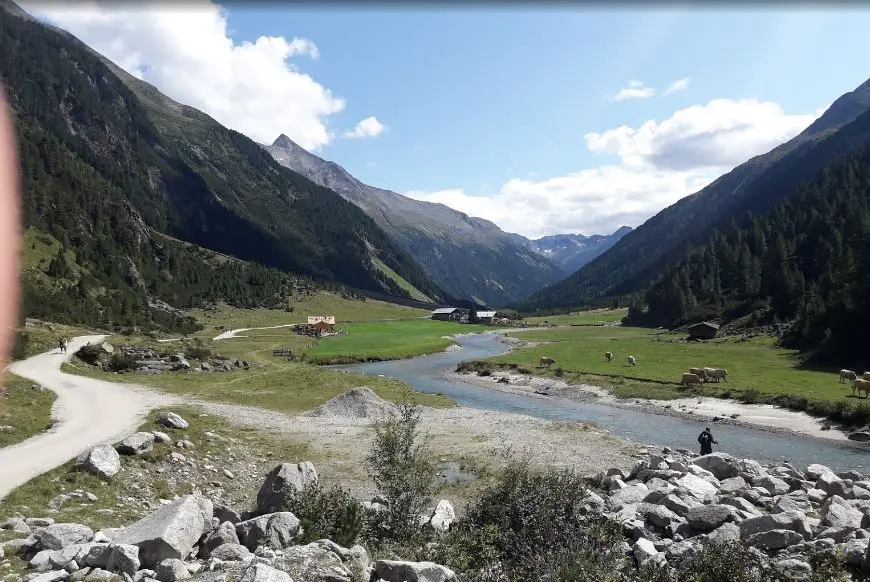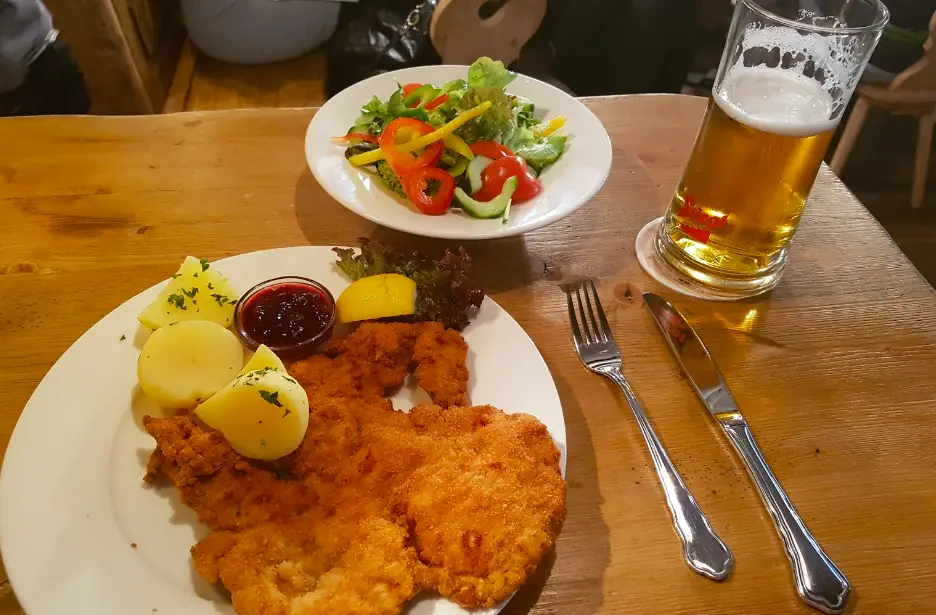How can I learn about Austrian cheese production?
Post ByAdequate Travel
Summary
Are you curious about the unique flavors and history behind Austrian cheese production? You can learn all there is to know about this fascinating subject – from the cheeses produced to the traditional methods used. In this blog, we explore the history and production of Austrian cheese, and provide tips for further learning.The Process of Austrian Cheese Production
1. Milk Collection:
The first step in cheese production is milk collection. Dairy farmers in Austria ensure the cows are healthy and well-fed, resulting in high-quality milk. The milk is then collected and transported to the cheese production facility.
2. Milk Pasteurization:
After collection, the milk goes through the process of pasteurization. It involves heating the milk to kill harmful bacteria while maintaining its nutritional value. Pasteurization ensures a safe and hygienic base for cheese production.
3. Coagulation:
During this stage, a coagulating agent such as rennet is added to the milk. The coagulation process separates the milk into solid curds and liquid whey. The curds will eventually become the cheese, while the whey is often used for other products.
4. Cutting and Stirring:
The curds are then cut into smaller pieces to release more whey and facilitate its removal. Stirring the curds helps in reducing their moisture content and promoting the development of desirable characteristics in the cheese.
5. Molding and Pressing:
The curds are placed into molds where the whey continues to drain away. The cheese is then pressed to remove additional moisture, shaping it into its final form. The duration and pressure of pressing vary depending on the type of cheese being produced.
6. Salting and Aging:
After being removed from the molds, the cheese is typically salted. Salting helps in flavor development, preservation, and moisture control. The cheese is then transferred to an aging room where it undergoes a controlled environment, including temperature and humidity, for a specific duration.
7. Packaging and Distribution:
Once the aging process is complete, the cheese is packaged and prepared for distribution. Proper packaging ensures the cheese remains fresh and free from contamination. It is then distributed to local markets, grocery stores, or exported internationally.
Examples of Austrian Cheese
1. Bergkäse:
Bergkäse, also known as "mountain cheese," is a semi-hard cheese with a strong flavor. It is made from mountain milk and has a distinctive nutty and buttery taste. This cheese is often used in traditional Austrian dishes like Käsespätzle.
2. Vorarlberger Alpkäse:
Vorarlberger Alpkäse is a raw milk cheese produced in the Vorarlberg region of Austria. It is made exclusively from the milk of cows grazing on alpine pastures. This cheese has a robust flavor, varying from nutty to fruity, and is often enjoyed as a table cheese.
3. Liptauer:
Liptauer is a soft and tangy cheese spread made with sheep's cheese or quark mixed with various ingredients such as paprika, caraway seeds, onions, and capers. It is commonly spread on bread or used as a dip.
4. Schlossberger:
Schlossberger is a semi-hard cheese with a mild and creamy taste. It is produced in small artisanal dairies in the Styria region of Austria. This cheese is often sliced and served as a snack or used in sandwiches and salads.
5. Tiroler Bergkäse:
Tiroler Bergkäse, also known as Tyrolean mountain cheese, is a hard cheese made from cow's milk. It has a rich, savory flavor with slightly nutty undertones. This cheese is commonly grated and used as a topping for traditional Austrian dishes like Wiener Schnitzel.











